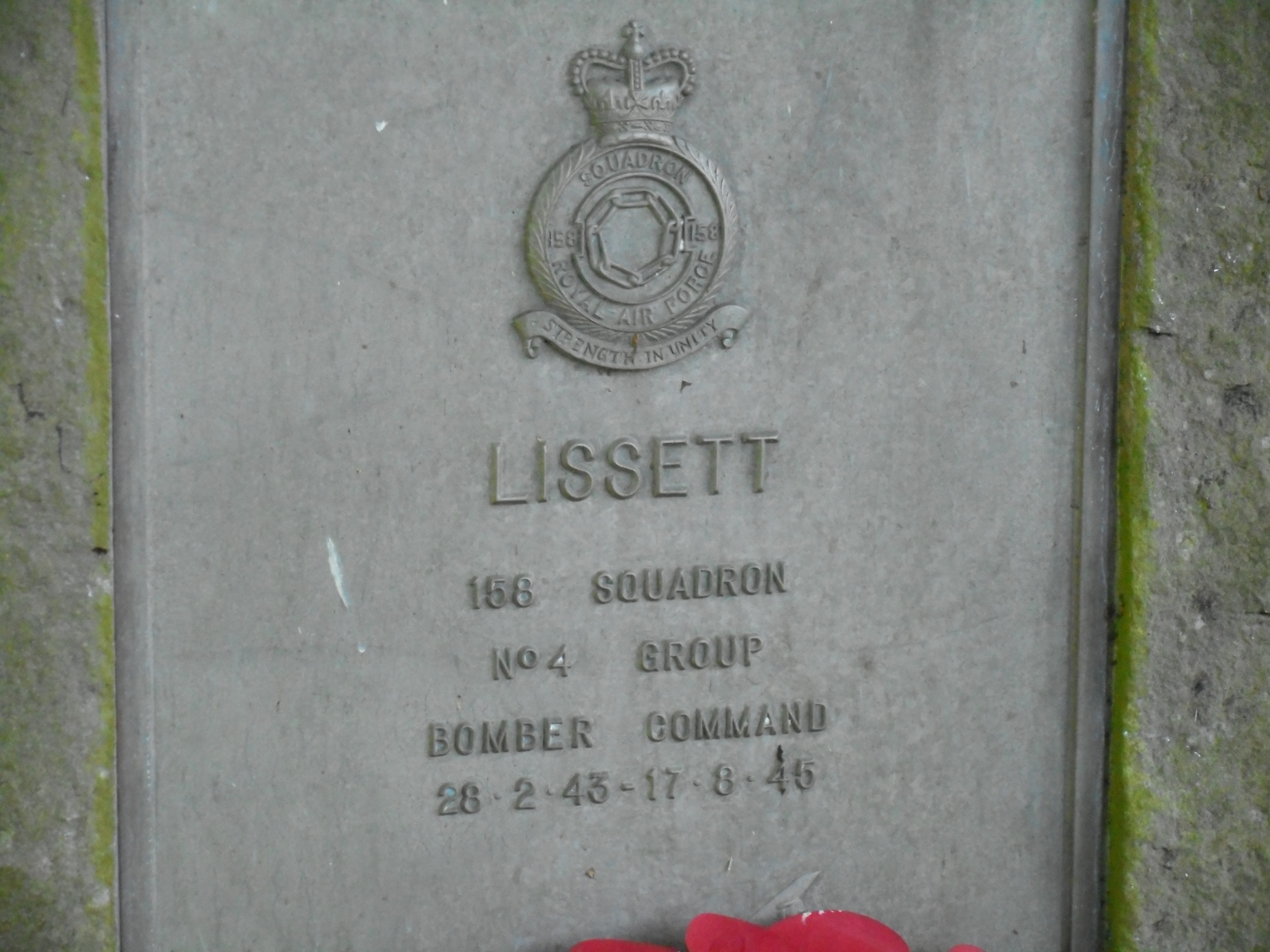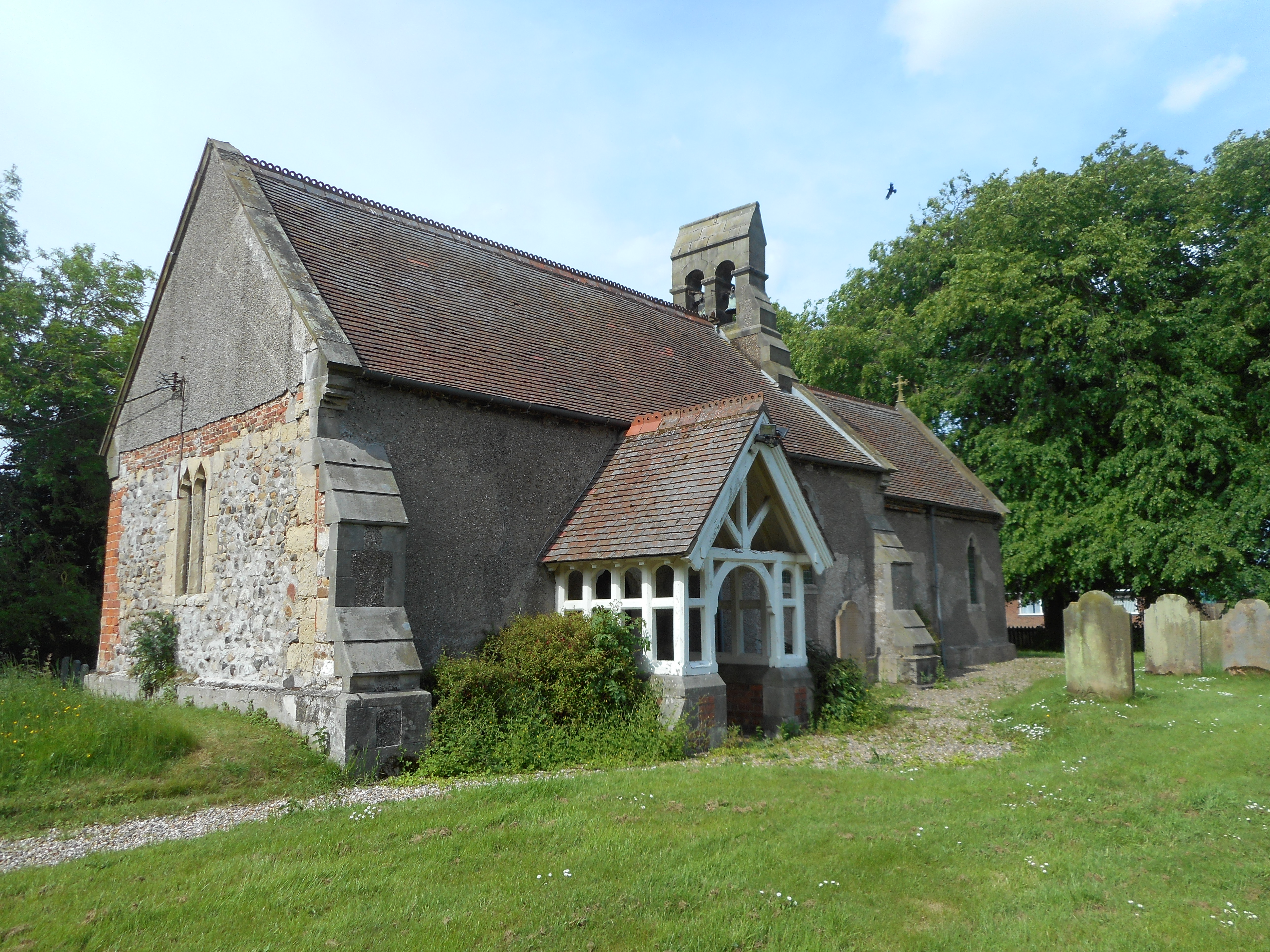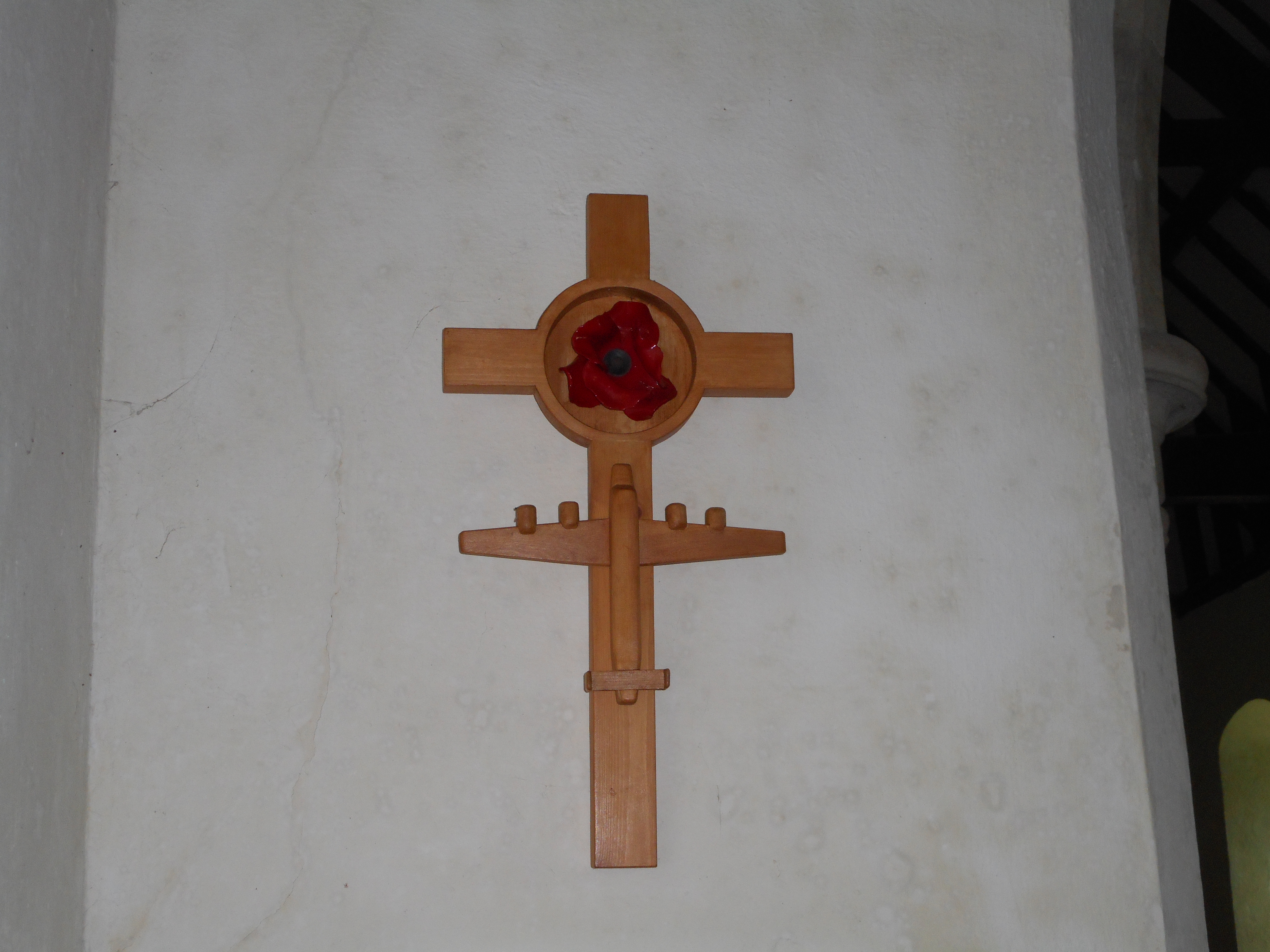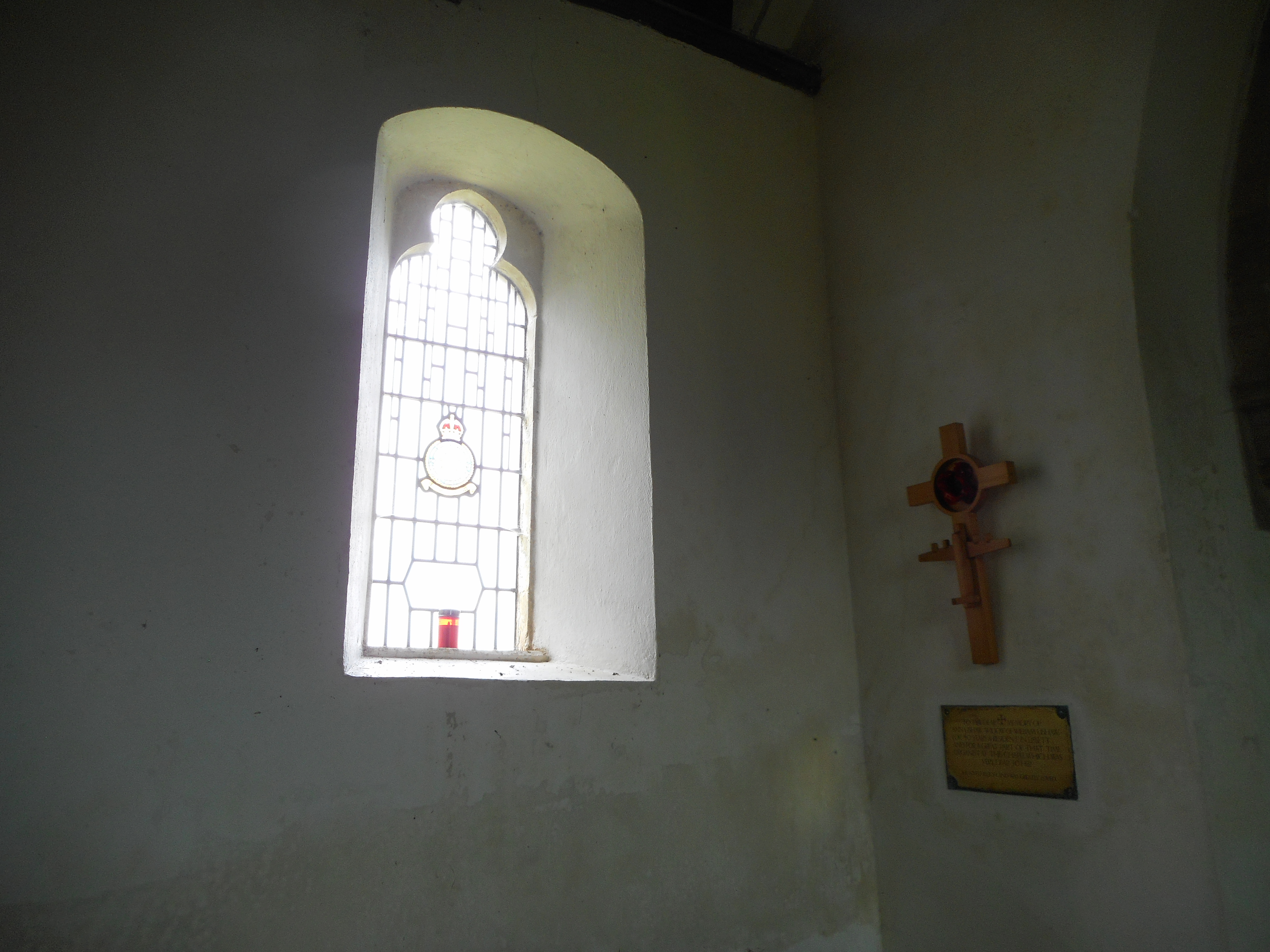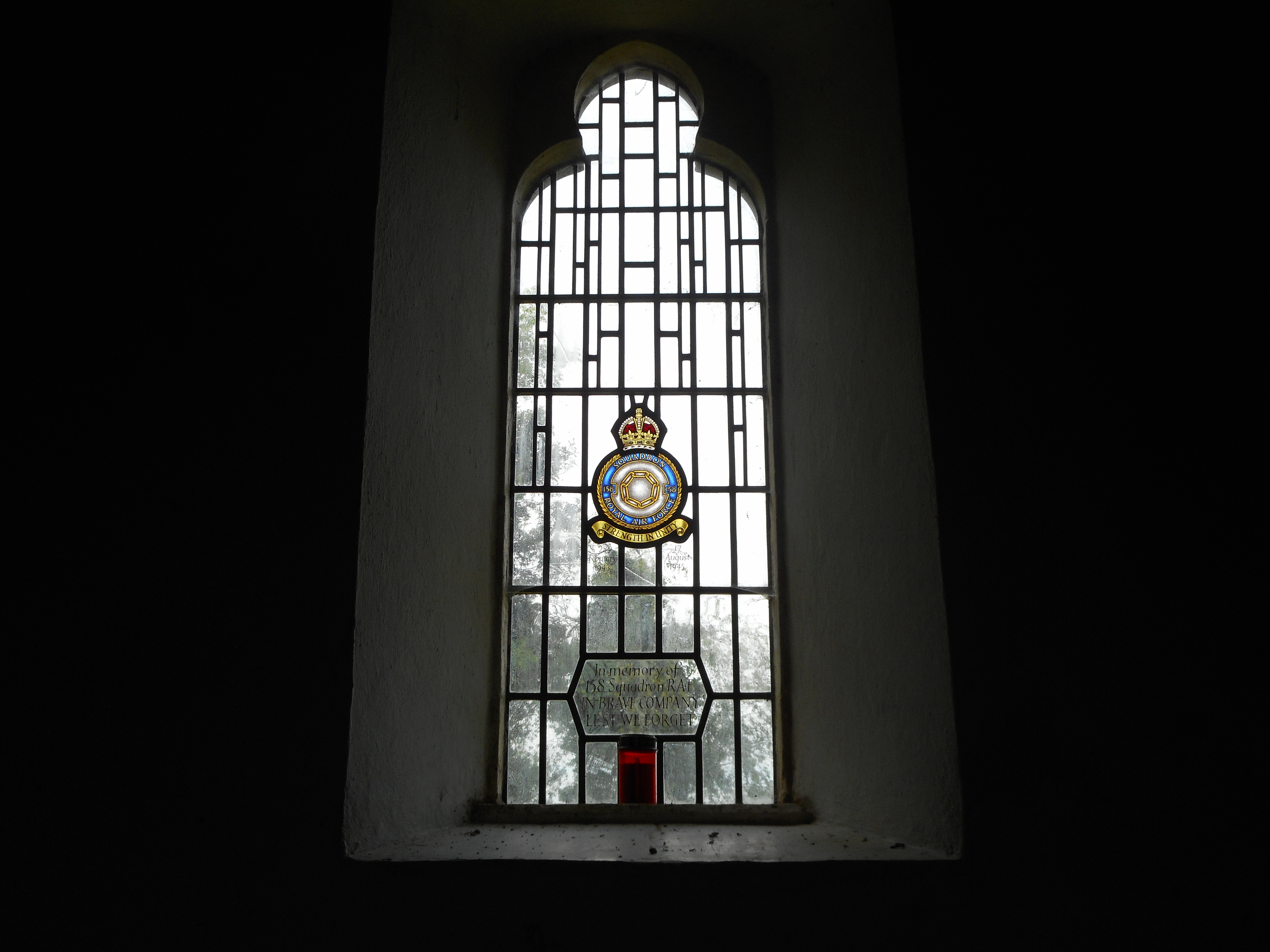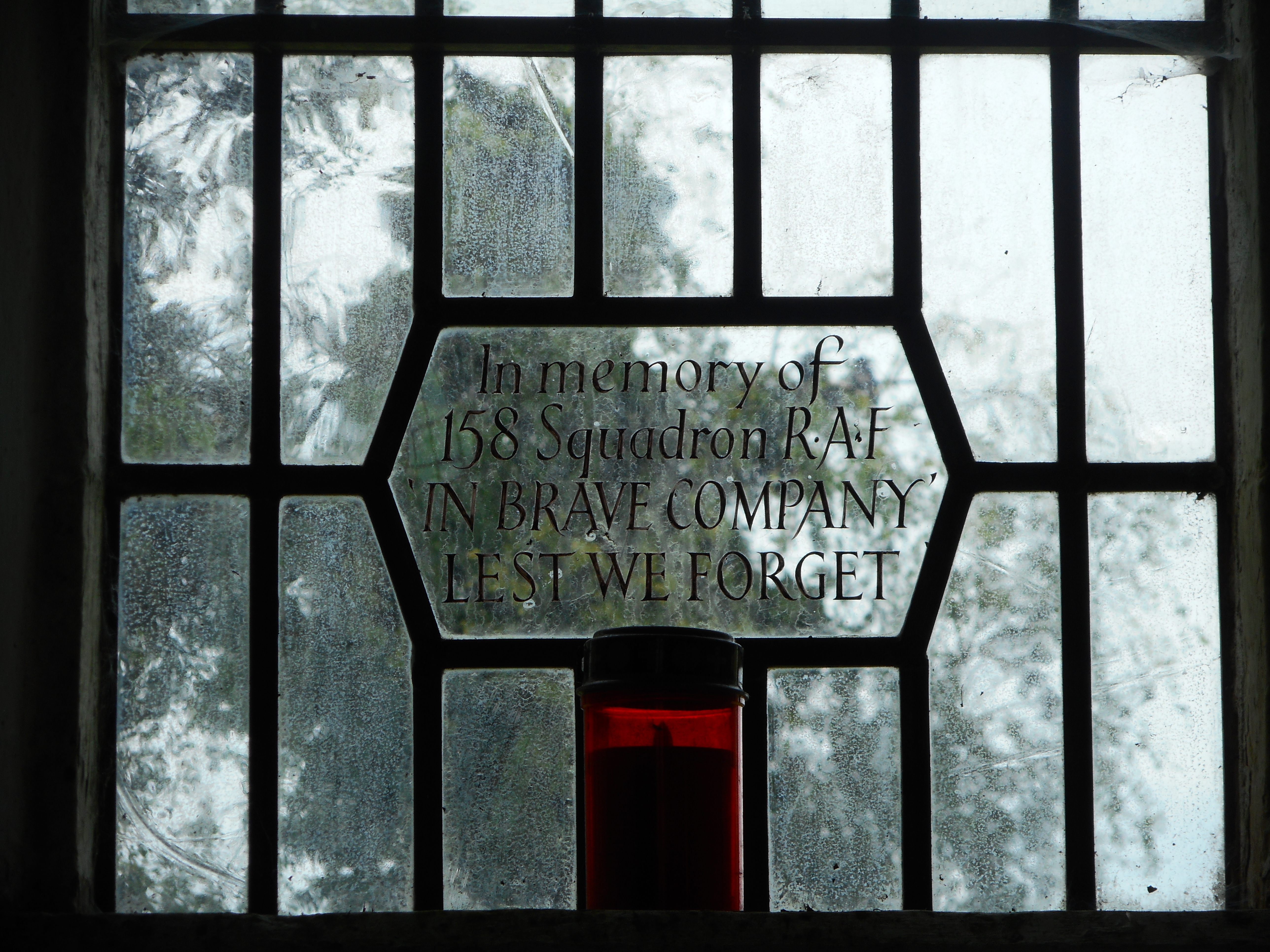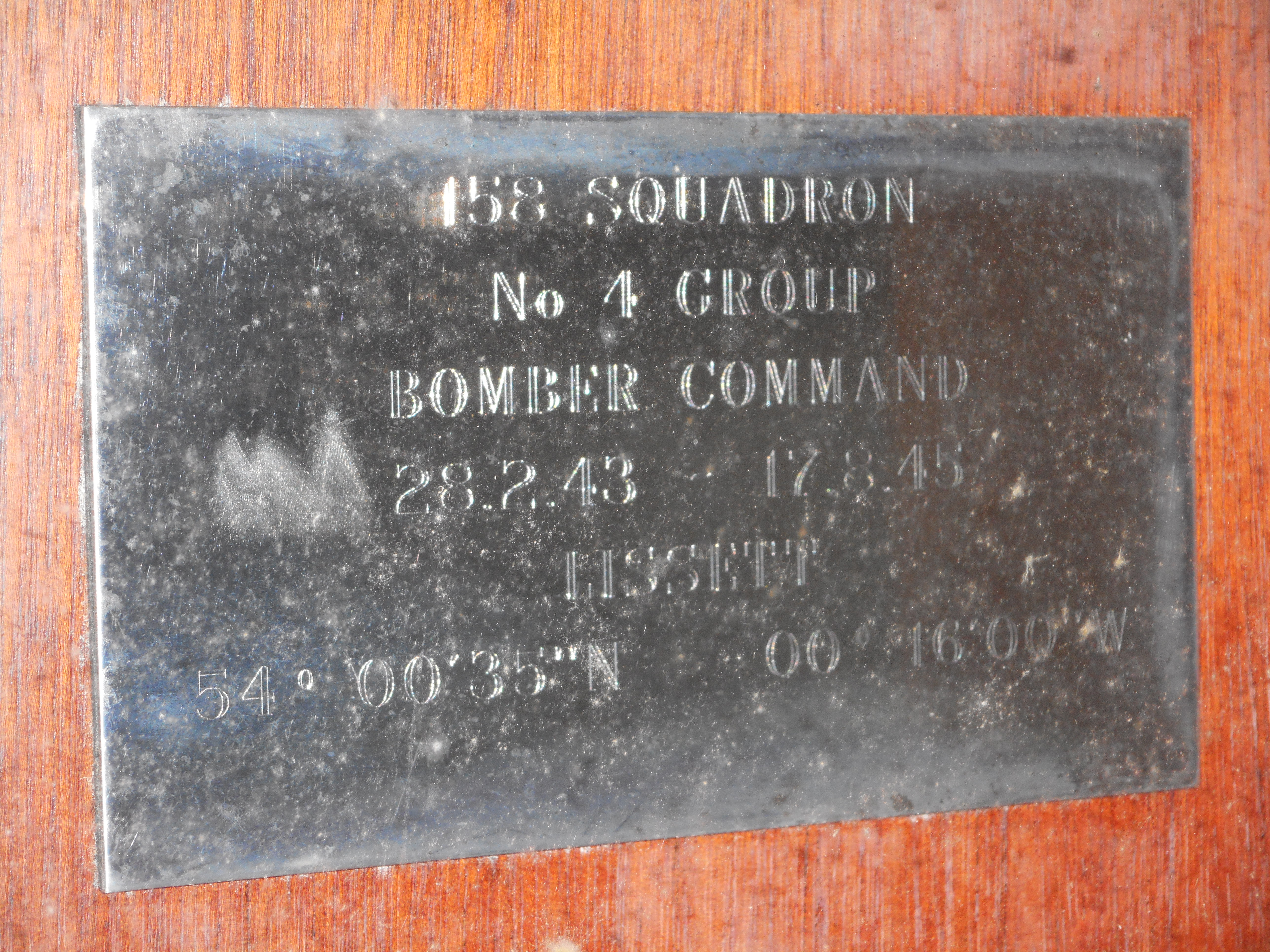Wood, Edward Francis
Personal Information
| Rank | Sgt |
| Forename(s) | Edward Francis |
| Surname | Wood |
| Gender | M |
| Date of Death | 02-08-1944 |
Aircraft Information
| Aircraft | Handley Page Halifax II |
| Serial Number | HR944 |
| Markings | NP-K |
Memorial Information
| Burial/Memorial Country | Germany |
| Burial/Memorial Place | Berlin 1939-1945 War Cemetery |
| Grave Reference | 6. G. 9. |
| Epitaph |
IBCC Memorial Information
| Phase | 2 |
| Panel Number | 268 |
Enlistment Information
| Service Number | R/118348 |
| Service | Royal Canadian Air Force |
| Group | 4 |
| Squadron | 158 |
| Squadron Motto | Strength in unity |
| Trade | Air Gunner |
| Country of Origin | Canada |
Other Memorials
| Location | St. James of Compostola Church, Lissett, East Yorkshire |
| Country | United Kingdom |
| Memorial Type | Memorial Stone & Inscribed Metal Plaque |
| Memorial Text | Memorial to 158 Sqn, RAF Lissett 28th February 1943 - 17th August 1946 |
| Location | St. James of Compostola Church, Lissett, East Yorkshire |
| Country | United Kingdom |
| Memorial Type | Stained Glass Window & Inscribed Metal Plaques |
| Memorial Text | A stained glass window in memory of 158 Sqn RAF |
Miscellaneous Information
| Died in captivity. Date of crash 24/8/43 |
Commonwealth War Graves Commission
The National Archives
| Record of Events (Operational Record Book) AIR 27/1048/39 |
| Summary of Events (Operational Record Book) AIR 27/1048/38 |
Fellow Servicemen
Please note that this list gives all the losses aboard the quoted aircraft and occasionally these may have occurred on an earlier date when the aircraft was not itself lost. Please check the dates of death carefully.
Last Operation Information
| Start Date | 23-08-1943 |
| End Date | 24-08-1943 |
| Takeoff Station | Lissett |
| Day/Night Raid | Night (37% moon) |
| Operation | Berlin. 727 aircraft, 56 losses (7.9%)- the greatest loss in a single raid so far in the war. Sequential marking was used to keep the main force on course. A Master Bomber approach was also used (W/C J E [Johnny] Fauquier). PFF were unable to locate the centre of Berlin using H2S and instead marked the southern suburbs. The main force arrived late and many cut a corner, making their arrival point incorrect. As might be expected for Berlin, the flak and fighter defences were formidable. Nevertheless, this was the most serious raid on Berlin so far in the war. Much of the government district was badly damaged and 20 ships were also sunk. 854 people were killed, many of whom had failed to take refuge in air raid shelters. |
| Reason for Loss | Crashed in the NW suburbs of Berlin |


